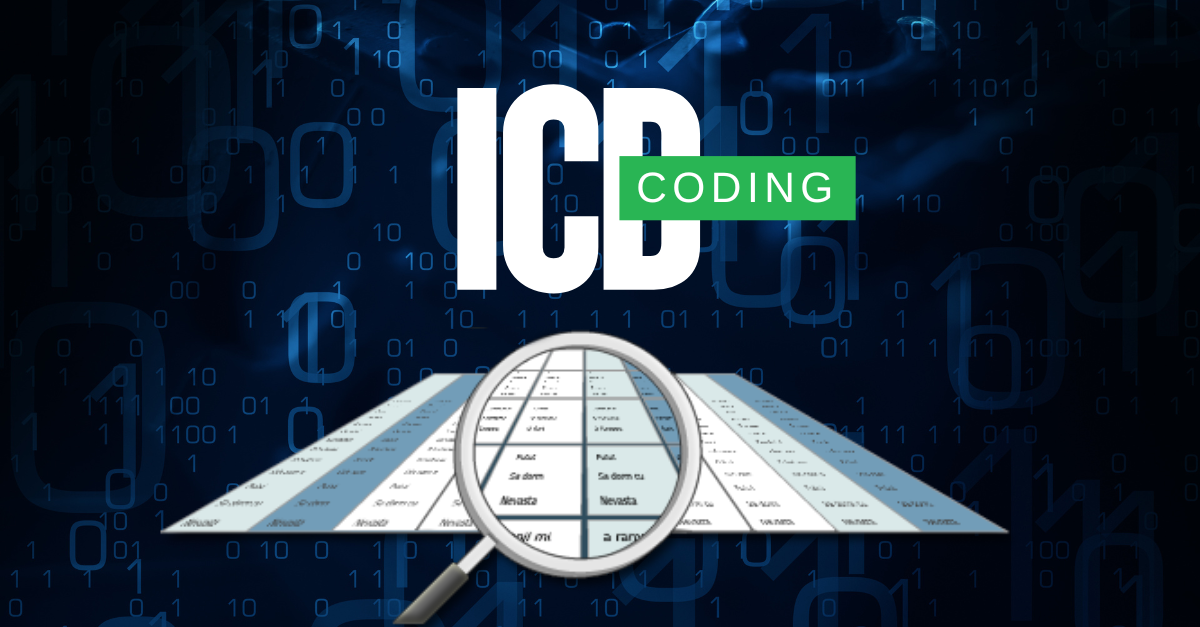In the healthcare industry, accurate documentation and classification of diseases are crucial for patient care, research, and financial transactions. The International Classification of Diseases (ICD) coding plays a pivotal role here. Healthcare professionals worldwide use ICD coding as an essential system to categorize diseases, conditions, and medical procedures. It ensures standardized communication among healthcare providers, insurers, and government agencies.
What is ICD Coding?
The World Health Organization (WHO) developed International Classification of Diseases coding as a globally recognized system. Healthcare professionals use it to classify diseases and health-related conditions. They assign each diagnosis and procedure a unique alphanumeric code. This allows for a uniform method of recording and tracking patient data across different healthcare settings.
The International Classification of Diseases system has undergone several revisions. The latest version is ICD-11. It enhances specificity and usability compared to ICD-10. Countries adopt different versions based on their healthcare needs, ensuring compliance with international standards while addressing local requirements.
Importance of ICD Coding in Healthcare
- Accurate Diagnosis Documentation: ICD codes help physicians and medical staff record patient diagnoses with precision, reducing errors in patient records.
- Efficient Medical Billing and Reimbursement: Insurance companies rely on International Classification of Diseases codes to process claims. They use these codes to determine coverage and facilitate payments. This ensures fair compensation for healthcare providers.
- Data Collection and Research: Healthcare researchers and policymakers use International Classification of Diseases coded data to analyze disease patterns. They also track outbreaks and improve public health initiatives.
- Legal and Regulatory Compliance: ICD coding ensures adherence to national and international healthcare regulations. It helps prevent fraud and maintains ethical billing practices.
- Facilitating Global Health Communication: Since healthcare professionals worldwide use ICD coding, it enables seamless sharing of health information between countries. It aids in global health surveillance and policy-making.
ICD-10 vs. ICD-11: Key Differences
- Enhanced Detail and Specificity: ICD-11 includes more comprehensive codes, allowing for greater accuracy in diagnosing and treating conditions.
- User-Friendly Digital Format: Designed for integration with electronic health records (EHRs), ICD-11 improves efficiency and reduces manual errors.
- Improved Disease Classification: With updated categories, ICD-11 better reflects modern medical advancements and emerging diseases.
Challenges in ICD Coding
Despite its benefits, ICD coding presents some challenges, such as:
- Complexity and Learning Curve: The vast number of codes requires extensive training and expertise for accurate application.
- Frequent Updates: Healthcare providers must stay updated with changes in coding standards to avoid claim denials and compliance issues.
- Time-Consuming Process: Manual coding can be tedious, necessitating automation tools and specialized software to enhance efficiency.
Conclusion
International Classification of Diseases coding is a fundamental component of modern healthcare, ensuring consistency, accuracy, and efficiency in medical documentation and billing. As healthcare continues to evolve, the adoption of ICD-11 and technological advancements in medical coding will further streamline healthcare operations, improving patient outcomes and overall healthcare management.
At Alpine Pro Health, we understand the importance of precise International Classification of Diseases coding in healthcare delivery. Our team stays updated with the latest coding guidelines and practices to ensure that we provide our clients with accurate and efficient billing services. By leveraging our expertise in ICD coding, we help healthcare providers streamline their billing processes, reduce errors, and improve overall operational efficiency.


